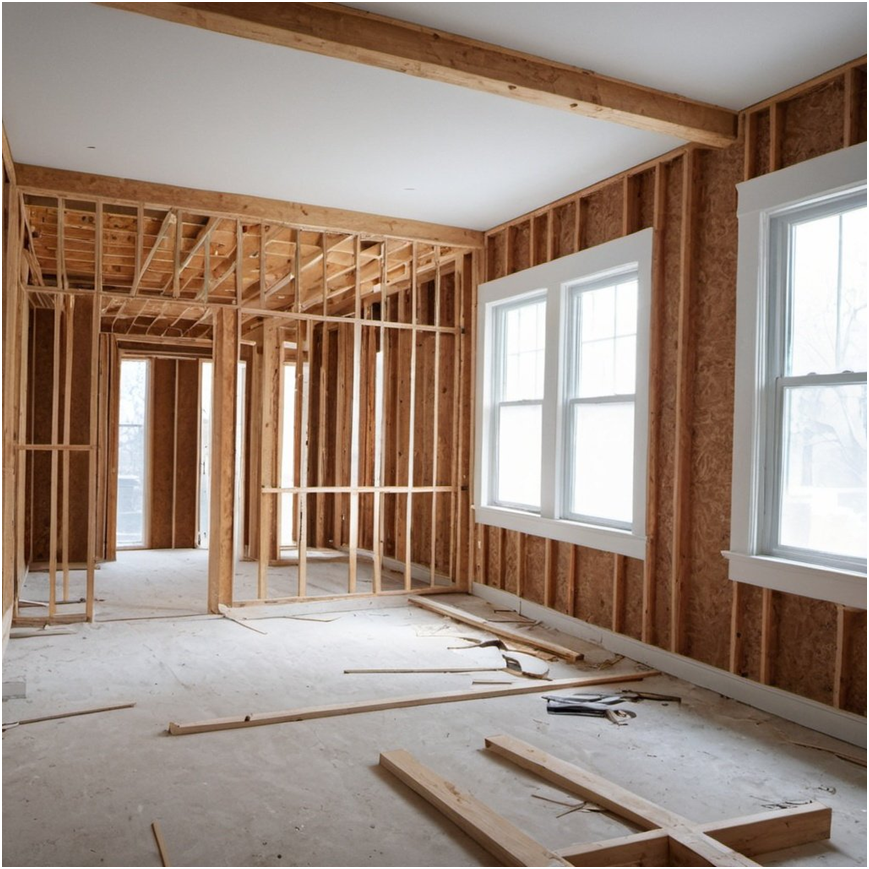In the realm of real estate investment, property renovation stands as a critical component for enhancing asset value and maximizing returns. As investors and property managers seek to elevate their portfolios, understanding the nuanced craft of renovation is paramount. This article delves into the strategic considerations and best practices for property renovation, drawing upon insights from the real estate industry.
1. Assessing Market Trends
The initial step in any successful renovation strategy is a thorough analysis of current and emerging market trends. Investors need to be attuned to both the macroeconomic environment and the micro-level preferences of potential tenants or buyers. For example, in urban areas, there is a growing preference for sustainable and energy-efficient features, while suburban properties might benefit more from family-oriented amenities.
2. Prioritizing High-ROI Renovations
Return on investment (ROI) should be the guiding metric in deciding which renovations to undertake. Typically, renovations that appeal to a broad audience – such as kitchen and bathroom updates, flooring improvements, and energy-efficient upgrades – tend to offer higher ROI. It’s crucial to avoid over-customization; renovations that are too tailored to specific tastes can limit the property’s appeal and marketability.
3. Budgeting and Cost Management
Effective cost management is the backbone of profitable renovation. Establishing and adhering to a realistic budget, while allowing for contingencies, is essential. This requires obtaining multiple quotes, selecting reliable contractors, and continuously monitoring expenditures against the budget.
4. Adhering to Regulatory Compliance
Investors must navigate a labyrinth of regulations, from building codes to zoning laws. Non-compliance can lead to costly penalties and delays. Engaging with experienced local contractors and legal advisors who are familiar with the regional regulatory landscape can mitigate these risks.
5. Leveraging Technological Advances
In today’s market, integrating technology in renovations can significantly boost a property’s value. Smart home features such as automated lighting, heating, and security systems are increasingly in demand and can be a deciding factor for tech-savvy tenants or buyers.
6. Sustainable and Green Renovations
Sustainability is more than a buzzword in real estate; it’s a value proposition. Implementing green renovations – such as solar panels, energy-efficient appliances, and eco-friendly materials – not only appeals to environmentally conscious consumers but can also result in long-term cost savings in energy expenses.
7. Understanding the Target Demographic
Successful renovations require a deep understanding of the target demographic. For instance, properties aimed at young professionals might focus on high-speed internet and modern aesthetics, while those targeting families might prioritize safety features and functional spaces.
8. The Importance of Timing
Finally, the timing of renovations can significantly influence ROI. Renovations should ideally be timed to coincide with market upturns and periods of high demand to maximize the value added.
In conclusion, property renovation is a complex but rewarding aspect of real estate investment. By incorporating market insights, focusing on high-ROI upgrades, and employing a strategic approach to budgeting and planning, investors can significantly enhance their property’s value and profitability. As the real estate market continues to evolve, staying informed and adaptable will be key to success in the renovation-driven investment landscape.




